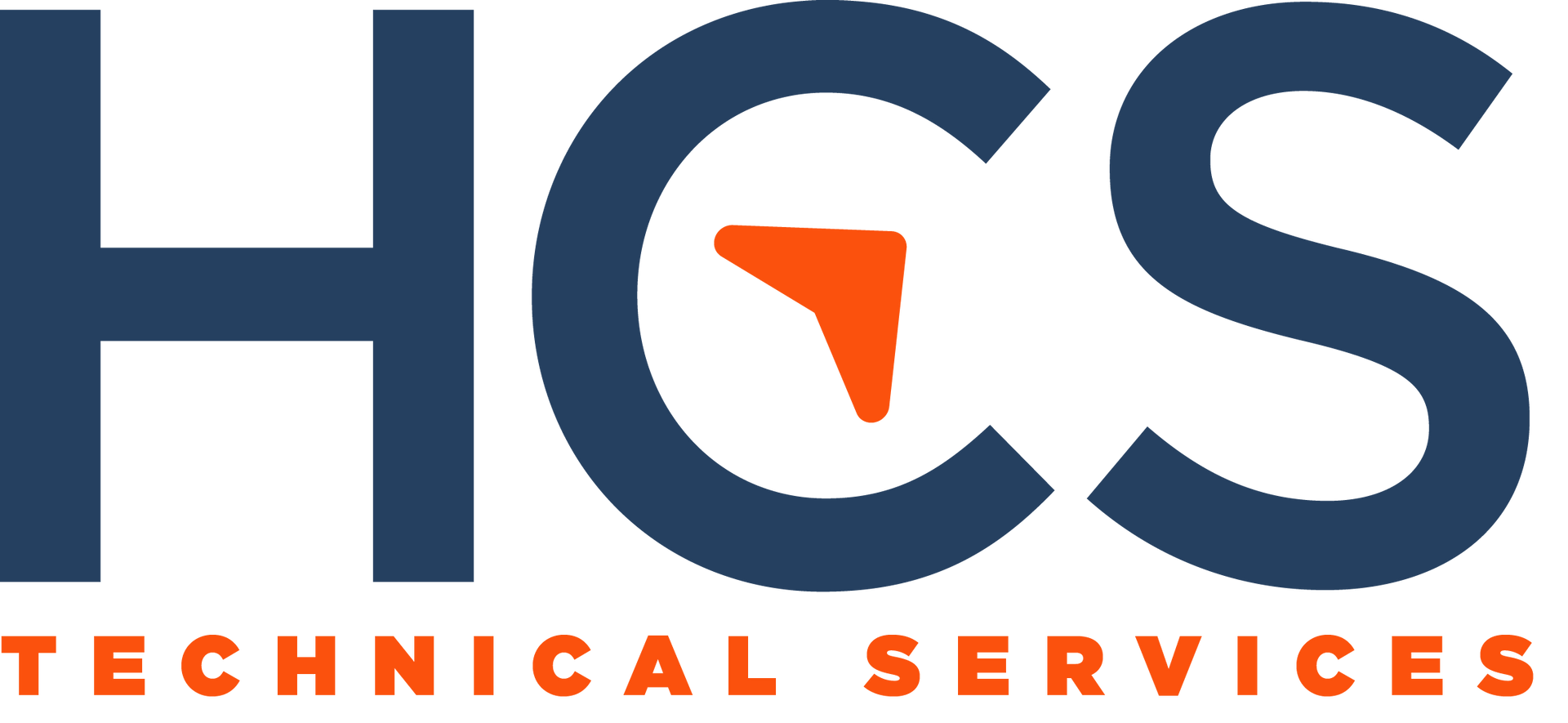How Can I Speed Up My Slow Computer and Boost Productivity?
Sluggish PC Slowing You Down? Reclaim Your Speed and Productivity

Slow system performance isn't just an annoyance—it's a productivity killer that saps morale and squanders valuable time, ultimately affecting your bottom line. So, how can you supercharge your system for peak performance and keep your business running at full speed?
The Solution: Routine Maintenance and Hardware Upgrades
The key to optimizing your system's performance is a combination of routine maintenance and strategic hardware upgrades. By decluttering hard drives, updating software, and investing in speed-boosting components like Solid State Drives (SSDs) or additional Random Access Memory (RAM), you can keep your systems running smoothly and efficiently.
Actionable Tip: Perform Regular System Checks and Maintenance
To keep your systems in top shape, perform regular system checks and maintenance tasks. Defragment your hard drives to optimize file storage, clear cache and cookies to free up space and improve browser speed, and run antivirus scans to detect and remove any malware that could be slowing you down.
The Paradigm-Shifting Benefits of a High-Performance System
- Increased Productivity: A faster system means tasks get done quicker, leading to more efficient use of work hours. When your employees can work at the speed of thought, they can accomplish more in less time.
- Improved Employee Satisfaction: When technology works smoothly, it boosts employee morale and reduces stress levels. A responsive, reliable system is a joy to work with, and happy employees are more engaged and productive.
- Potential Revenue Boost: Less time waiting means more time working, allowing you to seize opportunities that come your way. With a high-performance system, you can respond to customer inquiries faster, process orders more efficiently, and ultimately drive more revenue.
Don't Let a Sluggish System Hold You Back
A sluggish system costs you more than you think. It's not just about the minutes or hours lost waiting for programs to load or files to save—it's about the cumulative impact on your business's productivity, morale, and bottom line.
Get Expert Help to Optimize Your System's Performance
For targeted solutions to speed up your systems, consult HCS Technical Services. Their experienced team can assess your current setup, recommend appropriate hardware upgrades, and help you implement a maintenance plan that keeps your systems running at peak performance.
Investing in your system's performance is an investment in your business's success. By supercharging your computers and networks, you unlock the full potential of your technology and empower your team to work faster, smarter, and more efficiently. Start optimizing your systems today and watch productivity soar.
HCS Technical Services











